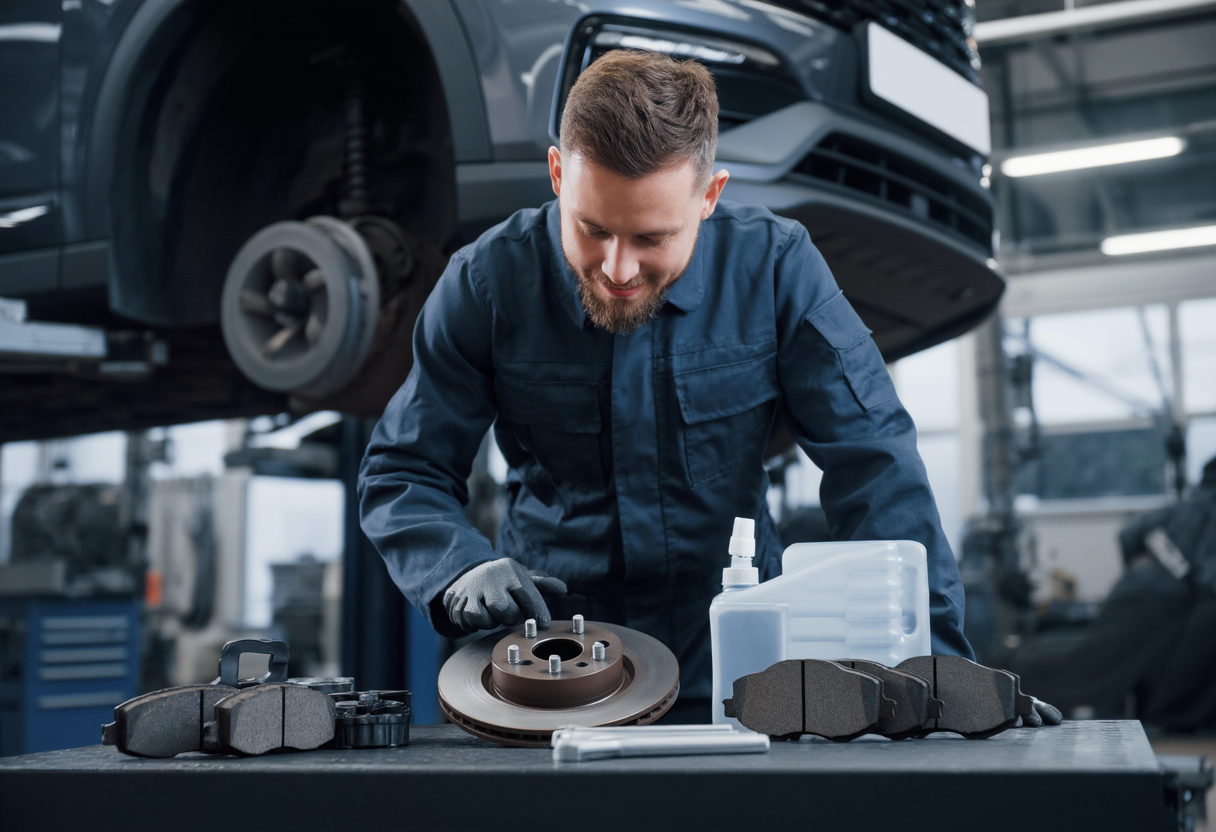The Essential Guide to Brake System Auto Parts: Understanding Quality and Performance
Brake System Auto Parts are crucial for ensuring vehicle safety and effective performance. This guide explores the various components involved, their role in the braking system, and what to consider when choosing high-quality parts. Understanding these elements will empower consumers to make informed decisions, enhancing both safety and driving experience.
Understanding Brake System Auto Parts
Brake System Auto Parts play an essential role in vehicle safety. Comprising components such as brake pads, rotors, calipers, and hoses, these parts work together to slow down or stop vehicles effectively. Each type of Brake System Auto Parts serves a unique function, and understanding them is vital for both vehicle performance and maintenance. Brake pads, for instance, create friction against the rotors to facilitate braking, while calipers exert pressure on these pads. Ignoring the condition of Brake System Auto Parts can lead to dangerous situations on the road, underscoring the importance of regular checks and timely replacements.
The Importance of Quality in Brake System Auto Parts
The quality of Brake System Auto Parts directly affects both safety and performance. Premium brake parts generally offer higher durability, better heat resistance, and improved stopping power. In contrast, lower-quality components may lead to premature wear, decreased performance, and even complete brake failure. Thus, when selecting Brake System Auto Parts, consumers should prioritize brands that demonstrate clear quality assurance. Investing in well-reviewed and tested components not only enhances vehicle safety but also contributes to a more reliable driving experience.
Common Types of Brake System Auto Parts
Several types of Brake System Auto Parts are essential for smooth braking operations. The most common include brake pads, which must be replaced regularly to maintain optimal performance. Brake rotors, on the other hand, require less frequent changes but are equally crucial; warped rotors can cause vibrations and inconsistent braking performance. Additionally, brake fluid and hoses should never be overlooked, as they are integral to maintaining hydraulic pressure. Understanding these components allows drivers to discern when a service is due for their Brake System Auto Parts.
In addition, it is important to consider the differences between OEM (Original Equipment Manufacturer) and aftermarket Brake System Auto Parts. OEM parts are designed specifically for a vehicle's make and model, ensuring perfect compatibility. Meanwhile, aftermarket parts, often less expensive, can vary greatly in quality and fit. Consumers must weigh their options carefully; while the cost savings of aftermarket parts may be tempting, they sometimes lead to higher long-term costs due to potential failures. Thus, balancing budget constraints with safety requirements is key when selecting Brake System Auto Parts.
How to Choose the Right Brake System Auto Parts
Choosing the right Brake System Auto Parts involves several critical considerations. First, assess your vehicle's requirements based on manufacturer specifications, usage patterns, and driving conditions. Next, research and compare different brands, focusing on reviews and ratings to gauge performance. Additionally, consulting with a professional mechanic can provide valuable insights into the best parts for your vehicle. Lastly, remember that regular maintenance and timely replacement of Brake System Auto Parts are vital in ensuring your vehicle remains safe on the road.
The Future of Brake System Auto Parts Innovation
Innovation in Brake System Auto Parts is continuously evolving, with advancements aimed at improving safety and efficiency. Technologies such as electronic brake systems and regenerative braking are becoming increasingly prevalent in modern vehicles. These innovations not only enhance the performance of Brake System Auto Parts but also contribute to overall vehicle efficiency and environmental sustainability. As these technologies continue to develop, consumers should stay informed about how they can enhance safety and efficiency in their own driving experiences.
